Balsa wood is the lightest wood in the world, in fact the lightest commercial wood. Botany also mentions 2-3 species even lighter than balsa, but they are not used because they have no strength at all. Almost all sources give it as having the best strength to density ratio. But there are also sources that say this ratio is much better for paulownia wood. It grows naturally in the tropical forests of Central and South America, but does not form forests. That's why it was hard to find until recently, when it was acclimatised in countries in central Africa and south-east Asia, where it grows in plantations. Its uses have evolved continuously, from the structure of fighter planes in World War II to the propellers of today's wind turbines.
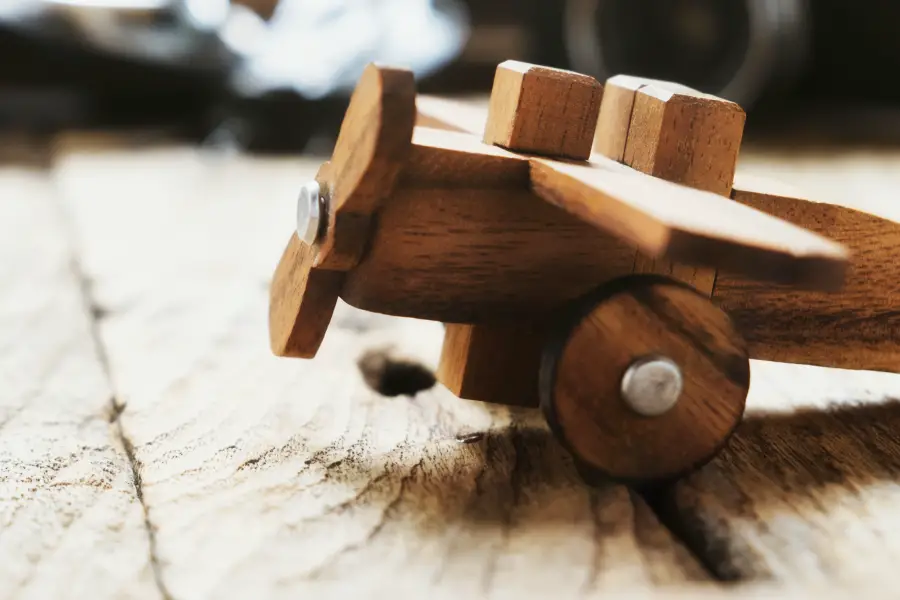
From the Mosquito, the star aircraft of World War II, to the Chevrolet Corvette
Balsa wood is known all over the world because it is very light. That's why, when the British decided to build a very light fighter plane, they thought of it. Mosquito, built by the British company de Havilland Aircraft Factory, had a large part of its structure made of balsa wood. It was a fighter-bomber aircraft that first flew in 1940, and was also used for reconnaissance or transport flights.
Another important event to which balsa wood contributed was the expedition of Norwegian ethnographer Thor Heyerdahl. He crossed the Pacific Ocean in 1947 with a raft made from balsa logs, proving that the ancient peoples of South America had been able to reach Polynesia. He and his crew travelled 8000 km and finally reached the Tuamotu Islands in the Polynesian archipelago.
More recently, between 1997 and 2013, balsa wood was used to make the floor of the Chevrolet Corvette sports car. The wood was sandwiched between two slabs of carbon fiber reinforced plastic. The result was a much lighter car with the same level of strength and safety.
Fast-growing tree native to wet tropical American forests
Balsa, Pyramidal chroma in Latin, is part of the Malvaceae. It is an evergreen evergreen in very wet areas and with drooping leaves where there is also a dry season. It grows naturally in the rainforests of Central and North America. It has been acclimatized in Africa and Asia, in countries such as Ecuador, Papua New Guinea, Thailand, Indonesia, Vietnam.
It grows very well in warm areas with plenty of rainfall and good drainage, especially on high ground. Growth is very rapid, and it can grow up to 5m in a year. In 6-10 years it reaches 20-25 m tall and over 55 cm diameter and can be cut down. It has a short life, around 35 years. If it is not felled in time it starts to deposit very hard wood on the outside and the inside rots. This makes it unsustainable, it falls down and rots quickly in the damp forest environment.
The mature tree can reach 40 m in height and 1-1.5 m in diameter. The trunk is covered with smooth whitish grey bark. The leaves are lobed and very large when the plant is small, reaching up to a metre and becoming smaller as the tree grows (30-40 cm). Flowers appear in the third year of life, at the end of the rainy season. The large inflorescences open late in the afternoon and remain open overnight. The fruits are green, in the form of capsules that enclose seeds surrounded by cotton filaments that help them float away.
Farmers consider balsa an invasive species, a weed, because the wind-blown seeds land on their land and grow rapidly, disturbing crops. But it is called the forest assistant because seeds that do not find a suitable place to grow remain dormant and germinate after a forest fire or a storm that knocks down trees and leaves bare spots. The large leaves grow quickly and so protect other species from the tropical sun. In the forest balsa trees are rare, 2-3 trees per hectare, but in plantations they can reach 1000 trees per hectare.
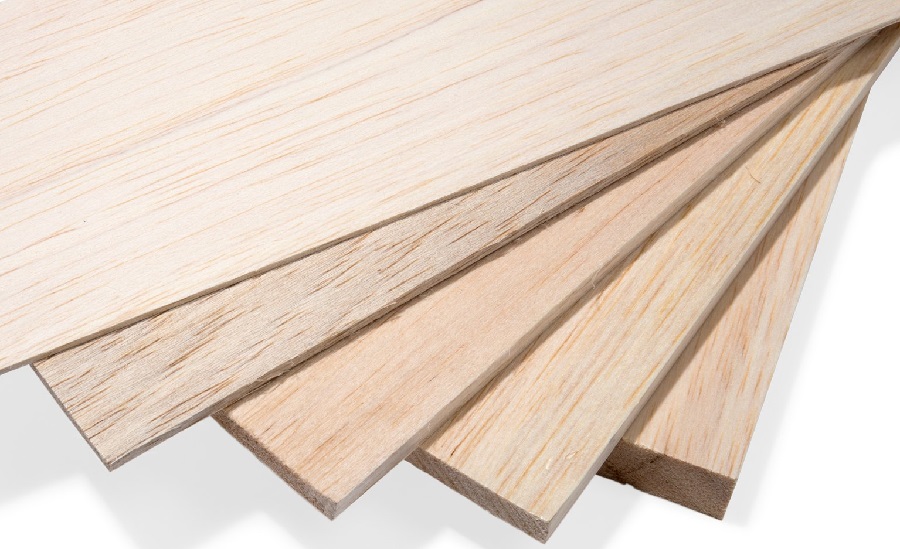
Properties, characteristics
Balsa wood heartwood is very light reddish-brown in colour, but is very rare. Most commercially available wood is sapwood. The colour is very light, ranging from very light yellowish-white to slightly brownish-white with slight pink tints. The grain is straight, with medium to coarse texture and low natural gloss.
Being a tropical wood, it has no annual rings but seasonal, growing rings that are not visible. The pores are large, with no specific arrangement and can be solitary, clustered or arranged in radial direction. Medullary rays are visible to the naked eye.
The average density of balsa wood in anhydrous state is 160 kg/m³. Janka hardness is also very low - the lowest of the commercial species - averaging 300 N. It generally works well, but low-density roughness can be a problem if the tools are not very sharp. Carves very easily. Sapwood being commercially available is not rot resistant and is easily attacked by insects.
It is recommended to join balsa elements with glue, not with screws or nails because they pull out easily. When staining, great care must be taken as it tends to absorb a lot of colour and thus stain. The consumption of finishing materials is high because, at least in the first layers, the absorption is very high.
Why is it so easy
The name itself suggests that it is a lightweight material. Balsa means cork in Spanish, that is to say, a boat that floats on water. The explanation for the very low density is the low lignin content - below 40% - and the large wood cells with very thin walls. The ratio of solid balsa wood material to void space is very small. To be able to stand up to such a small amount of woody material, very little lignin support that sude between them the fibres, the balsa tree's pots are very full of water and thus become rigid. The weight of water in the tree is 5 times the weight of the wood.
The high water content makes it mandatory to dry the wood in kilns immediately after cutting. Wood cannot be sold wet because it will rot very quickly. Drying takes up to two weeks, during which time the wood reaches 6% moisture content and the micro-organisms inside are destroyed.
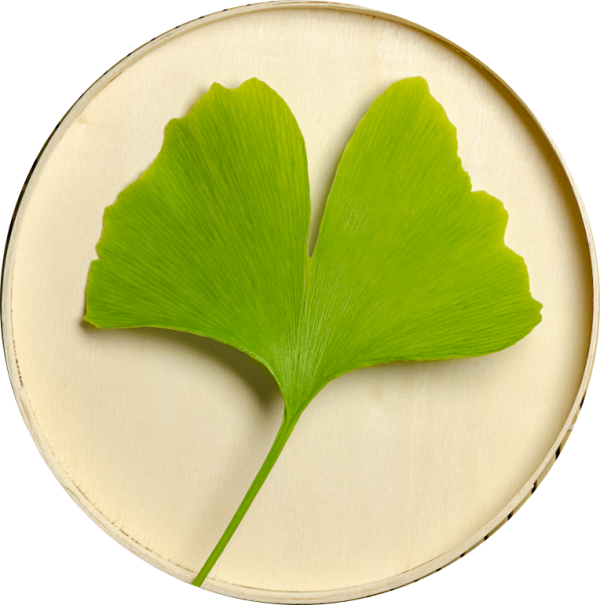
Uses
In the past, it was used to make gliders and airplanes because it was light. Balsa was used to make life jackets, fishing gear and other items that needed to float. Over time, light and strong synthetic materials have emerged, which have led to its replacement in many areas. Now it is used to make composite materials, contributing to their low final weight. It is thus replacing more expensive and harder-to-obtain synthetics, its rapid growth making it affordable. Wind turbine propellers, surfboards and components for lightweight boats are now made from these materials.
Being very light it is used for making models for bridges and buildings. Enthusiasts use it to build model aircraft. Balsa is used to make boxes for packaging and transport, musical instruments, photo frames, platters and decorative objects. An interesting area is the film industry. All the tables and chairs that the protagonists fight over and which break easily are made of balsa wood.
Having so many air-filled cavities also makes it a very good insulating material. Many fridges and cold rooms have composite insulation materials containing balsa wood. It is also used to make sound insulation panels. In addition to air-filled voids, its low humidity also makes it a good electrical insulator.
There is a lot of talk about it being a very strong wood compared to its density. Some say that the strength to density ratio is better than oak and give it as the wood with the best strength to density ratio. But they are contradicted by paulownia advocates who say it is a much better alternative because it is cheaper and stronger. Plus, it's rot-proof and absorbs less epoxy resin for stabilisation than balsa wood. For the time being, both species are intensively cultivated and are an alternative solution for many areas, which reduces the pressure on logging.
I hope you find the above information interesting. As usual, additions are welcome. And if you have any questions or queries, please leave them in the space below. I'm sure I'll reply.
Do you want to know about the wood of a particular species? Search here, it is very possible to find them!























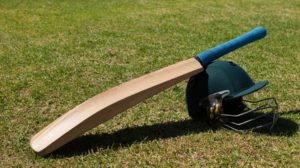
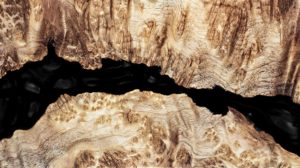
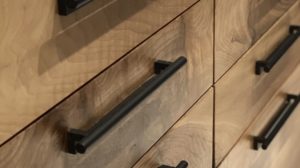

Add comment